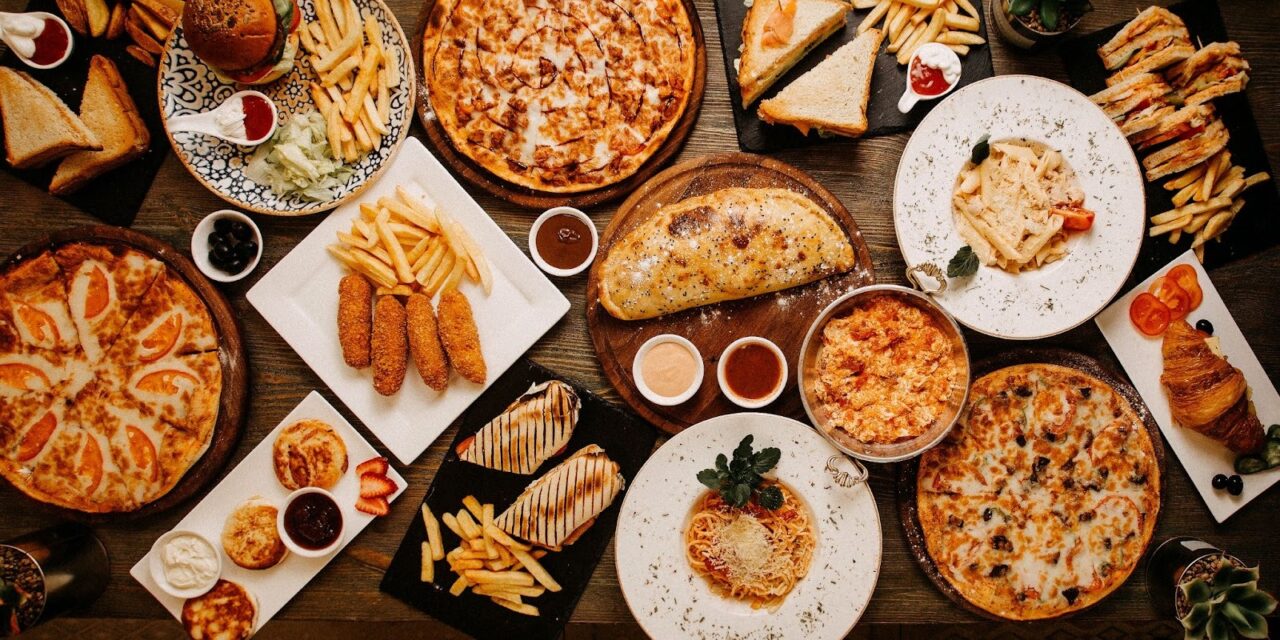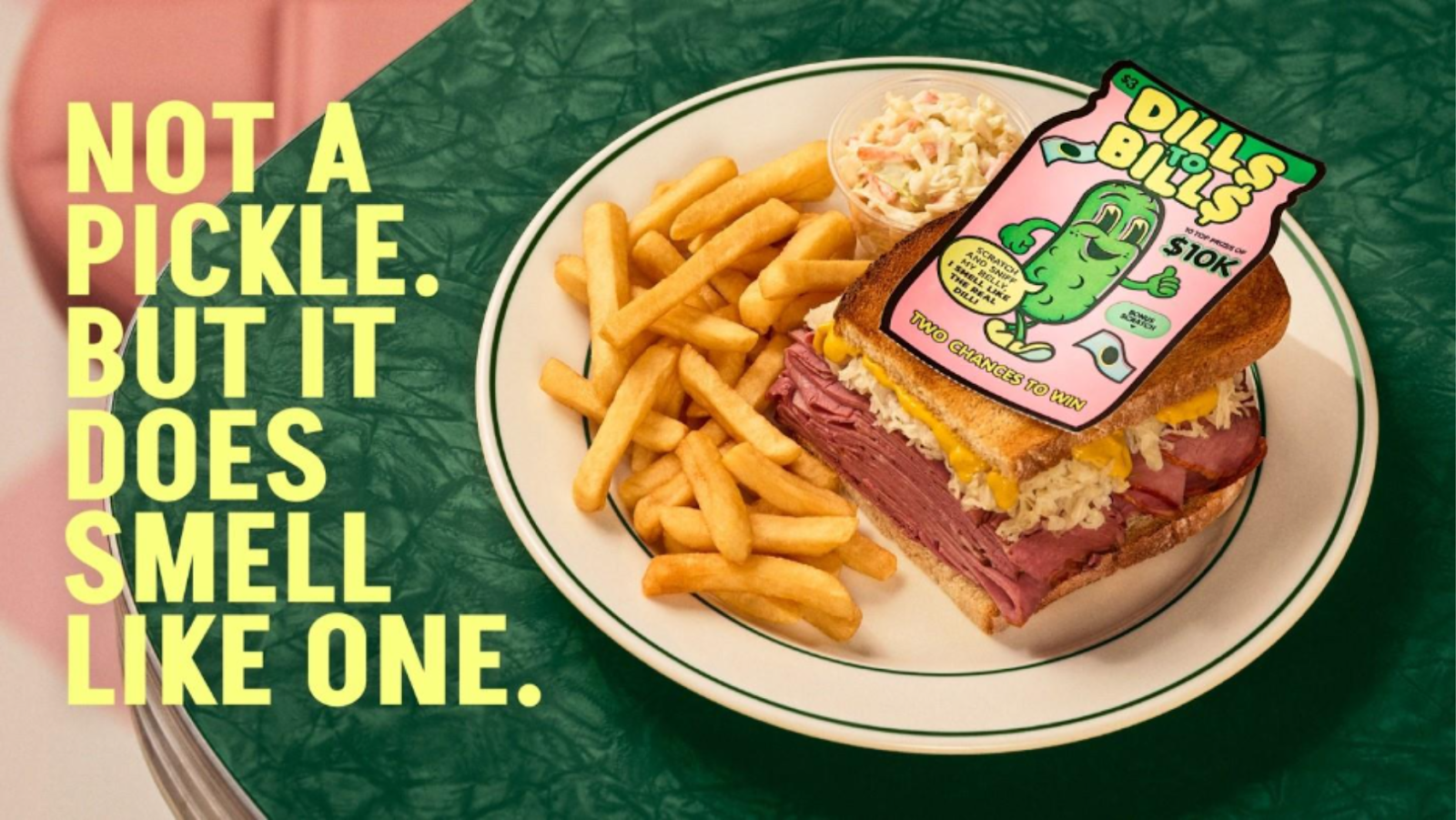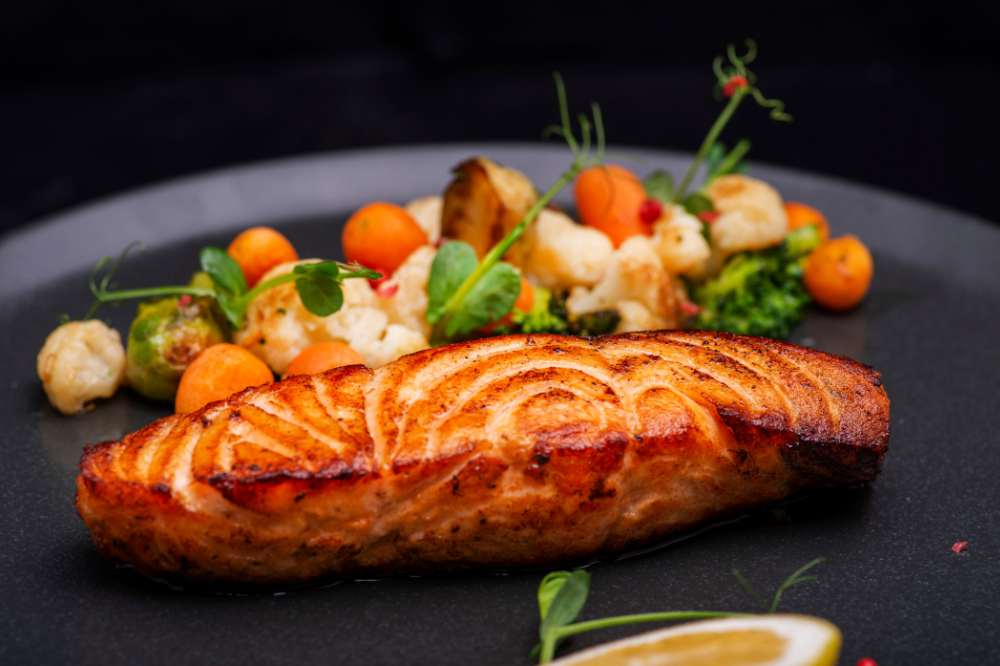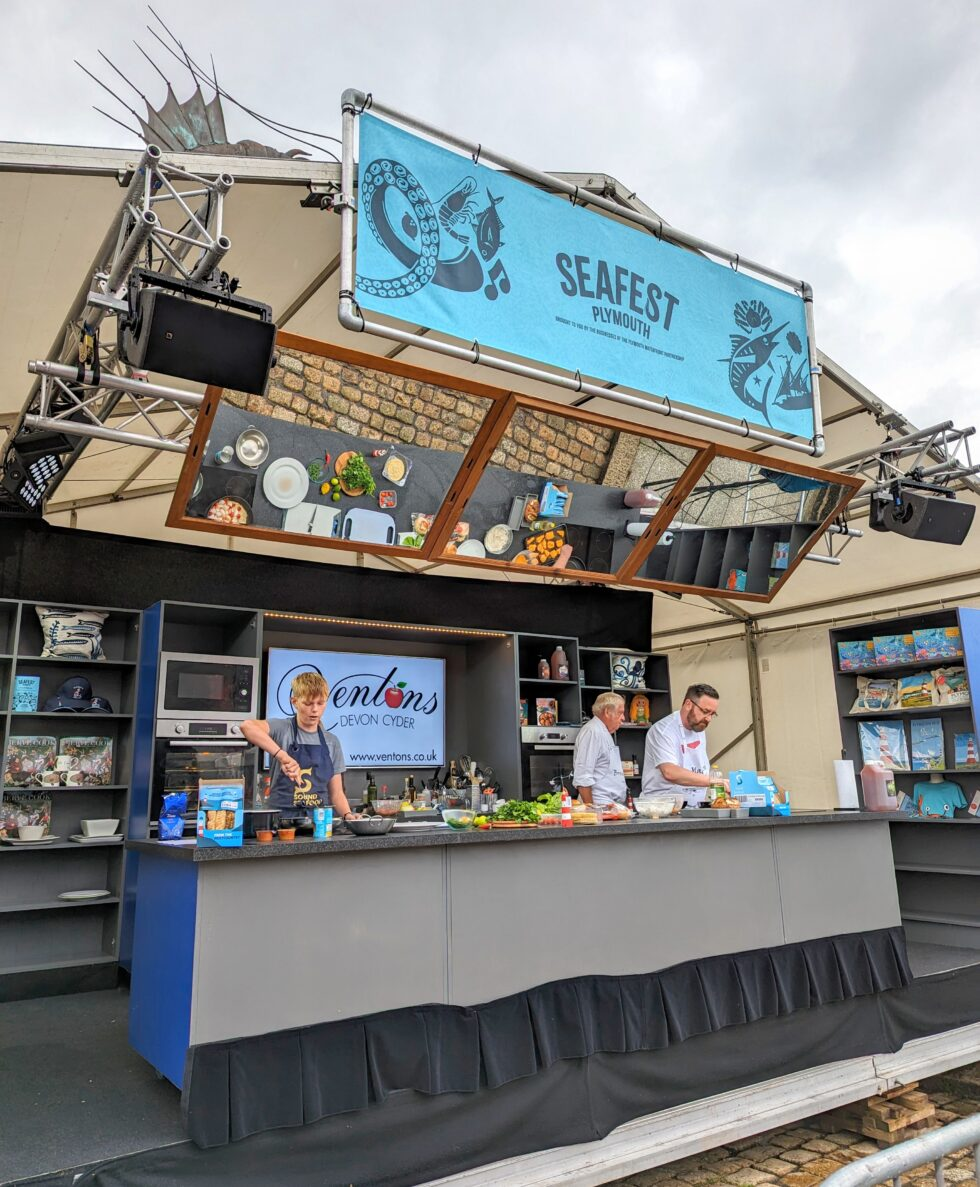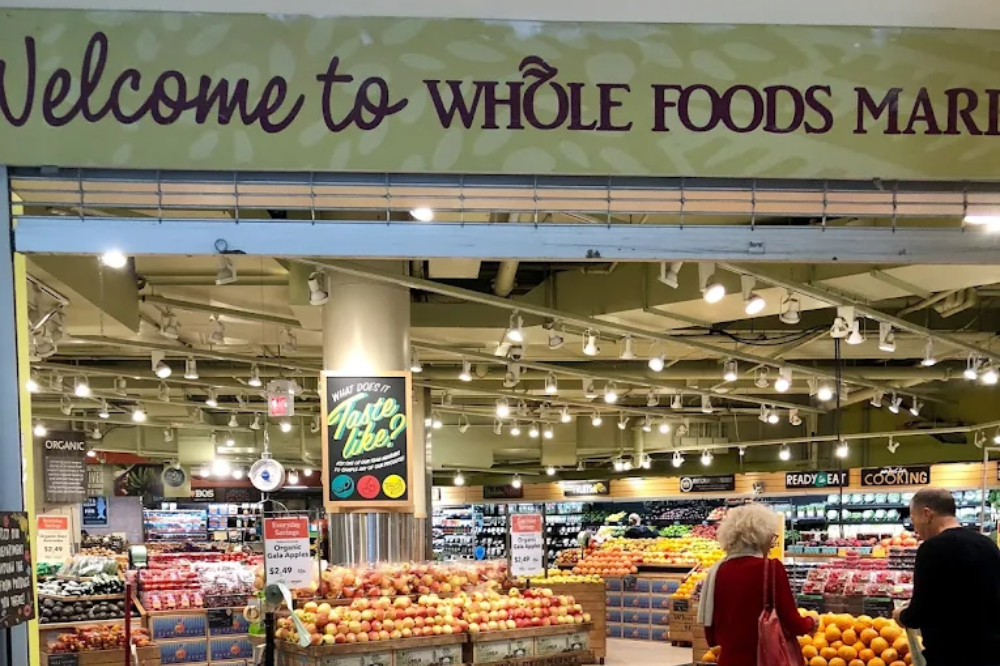Canada’s metro food scene is evolving rapidly. From Toronto to Vancouver, the way Canadians dine in cities is being redefined by health-conscious habits, global culinary influences, sustainability priorities, and digital lifestyle shifts.
Whether you’re a restaurant owner, food blogger, or urban diner, understanding these Canadian metro dinner trends can help you stay ahead of the curve. Let’s explore what’s driving the most significant shifts in urban dining this year.
Healthier and Plant-Based Options Are Leading the Table
Urban Canadians are placing wellness at the center of their meals. Diners are seeking out more healthy dinner options in Canadian cities, including lean proteins, superfoods, and low-sugar or low-sodium dishes.
One of the strongest trends is the rise of plant-based dinners in metro Canada. Vegan and vegetarian menus are no longer limited to niche cafes. They’re now offered in mainstream restaurants that cater to health-conscious and environmentally aware consumers.
From tofu-based ramen bowls to beet burgers and dairy-free desserts, plant-based options have become expected, not exceptional.
Fusion Cuisine Is Fueling Flavor Innovation
Canada’s cultural diversity is one of its greatest culinary strengths. In 2025, fusion cuisine trends in Canada are taking center stage in urban restaurants. Diners are more adventurous than ever, embracing bold flavor combinations that blend cultural traditions.
Think Korean BBQ tacos, sushi burritos, jerk chicken pasta, and Middle Eastern-inspired poutines. These globally inspired dishes represent both culinary creativity and the multicultural makeup of cities like Toronto, Vancouver, Calgary, and Ottawa.
Fusion is no longer a novelty—it’s the new norm.
Experience Dining: The New Night Out
Urban diners are looking for more than just great food. They want a story, an experience, and a lasting impression. Experiencing dining in cities like Vancouver and Toronto is redefining how restaurants approach service and ambiance.
Pop-up events, themed menus, chef-led tasting experiences, and interactive plating techniques are becoming common in metro restaurants. Dining out now feels more like entertainment than routine.
This experience-first approach resonates especially with younger audiences, who value unique moments they can share in person and online.
How Social Media Influences Dinner Choices
Digital culture now plays a powerful role in how urban Canadians decide what to eat. Digital influence on dinner choices has become a core factor, driven by food influencers, viral videos, and curated recommendations.
A significant number of metro diners say they’ve visited a restaurant or ordered a dish specifically after seeing it online. Restaurants that prioritize presentation, aesthetic appeal, and unique offerings often find themselves going viral—and filling seats.
Food is no longer just for eating; it’s a digital conversation starter.
Delivery Dining as Self-Care
Dinner delivery has evolved. It’s no longer just a matter of convenience—it’s a lifestyle. In 2025, delivering dinner self-care in Canada is a meaningful concept, where city dwellers order meals that reflect their mood, needs, or desire for comfort.
This trend includes everything from wholesome grain bowls to indulgent pasta and gourmet desserts, all available through delivery platforms. For busy professionals, remote workers, and students in urban areas, food delivery is part of their wellness routine.
Restaurants are responding with curated delivery menus, mood-based meals, and exclusive app-only offerings.
Value-Focused Dining: Smart Eating for Smart Wallets
As inflation and economic pressure continue to shape consumer behavior, value-focused dining in Canada has become essential. Urban diners still want high-quality meals, but now they expect smart pricing, generous portions, and loyalty rewards.
Restaurants are adapting by offering prix fixe menus, combo deals, early-bird discounts, and membership perks. The message is clear: diners want to feel like they’re getting value, not just saving money.
A growing number of Canadians are becoming more intentional with their food spending—without sacrificing taste or experience.
Sustainability Is No Longer Optional
Environmental responsibility is becoming a core expectation, not a bonus. Urban diners are increasingly interested in restaurants that demonstrate a commitment to sustainable practices. Restaurant sustainability trends in Canada include:
- Locally sourced and seasonal ingredients
- Reduced food waste and composting
- Ethical seafood and meat sourcing
- Plant-forward menu designs
- Eco-friendly packaging for takeout and delivery
In cities like Montreal, Vancouver, and Ottawa, sustainability can be a deciding factor for where people choose to eat.
Restaurants that lead with transparency and action are earning long-term customer loyalty.
Summary of Key Metro Dinner Trends in Canada (2025)
Here’s a concise breakdown of the most influential trends shaping metro dining across Canada this year:
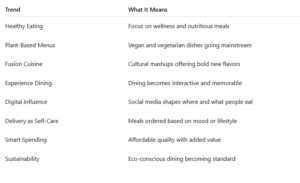
Final Thoughts
The urban dinner trends in Canada for 2025 reveal a more thoughtful, diverse, and digital dining landscape. From health-forward meals and global fusion to immersive experiences and sustainable sourcing, Canada’s metro food culture is constantly evolving.
These trends aren’t just about what’s on the plate—they reflect deeper lifestyle shifts. As cities continue to grow and change, so too will the expectations of urban diners. Whether you’re in Toronto, Calgary, or Montreal, one thing is clear: dinner is becoming a more personalized, conscious, and connected experience than ever before.

